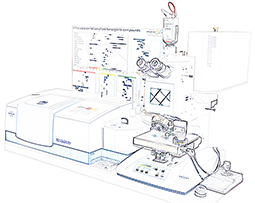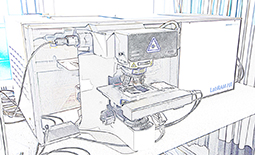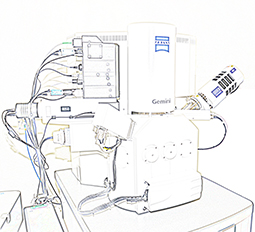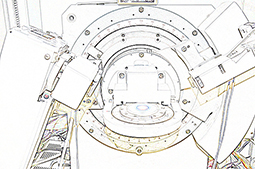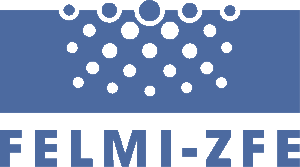FT-IR Microscope Bruker Tensor 27 with Hyperion 3000
- Bruker “Tensor 27” spectrometer with “Hyperion 3000” FT-IR microscope
- Single element MCT detector
- 64*64 elements FPA detector
- 20x ATR (Ge crystal) objective
- 20x Ref-objective with macro-ATR-stage (600×600 µm FoV)
- GIR-objective
- 16x transmission and reflection objective
- “KnowItAll” software package for spectrum analysis
- “OPUS” software package

